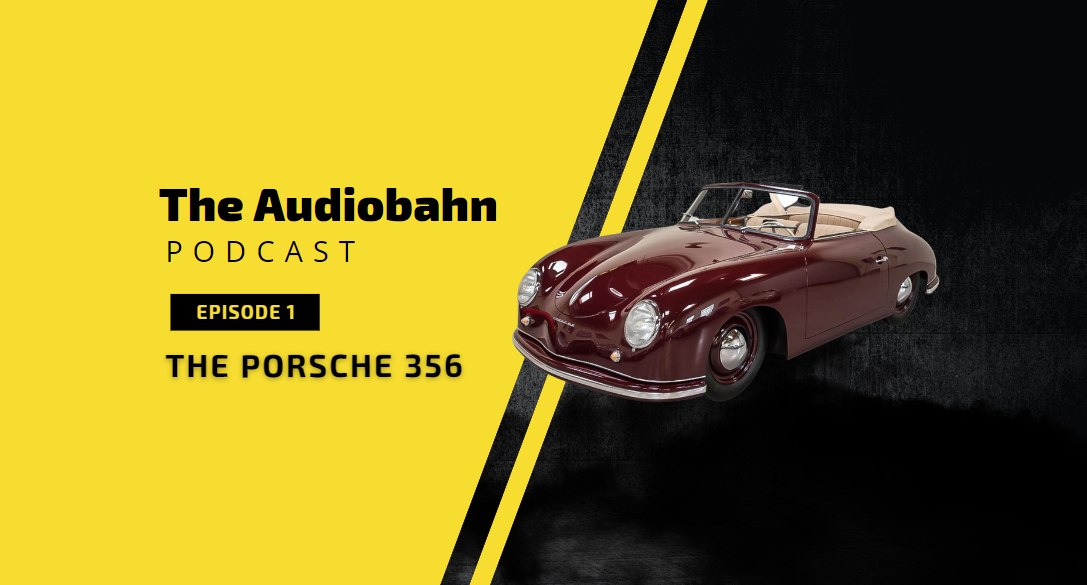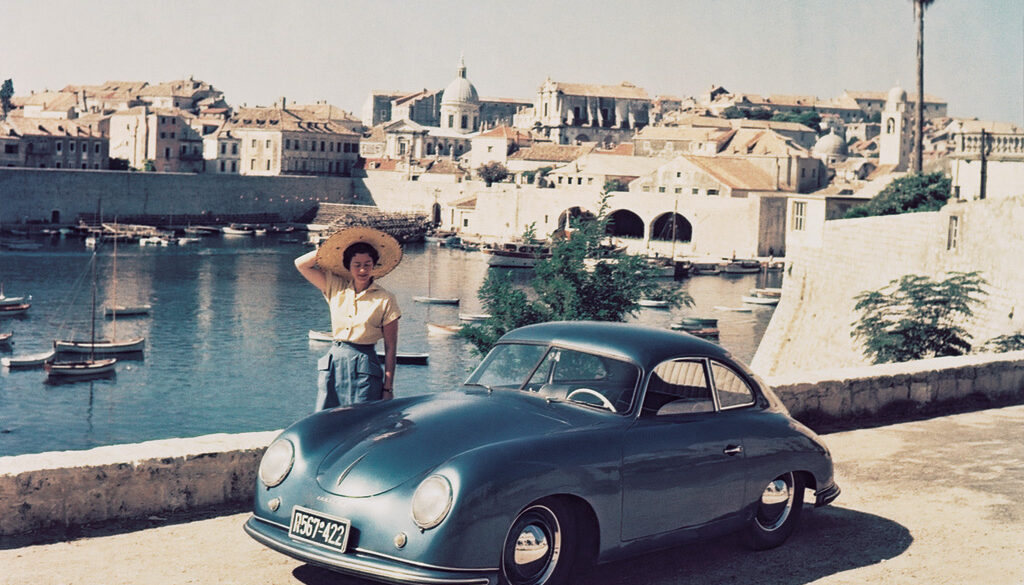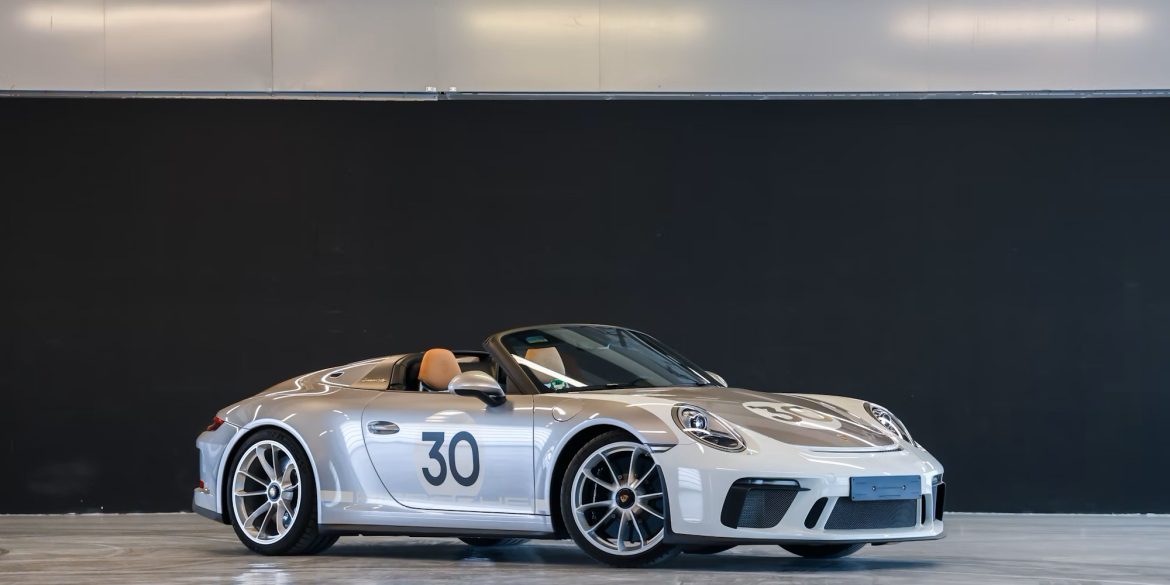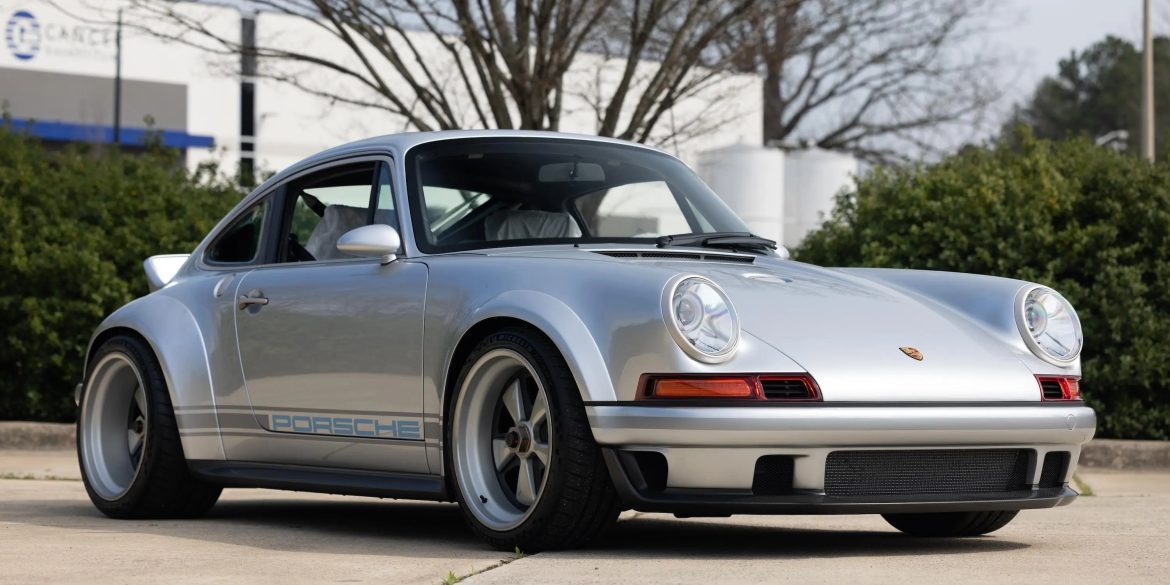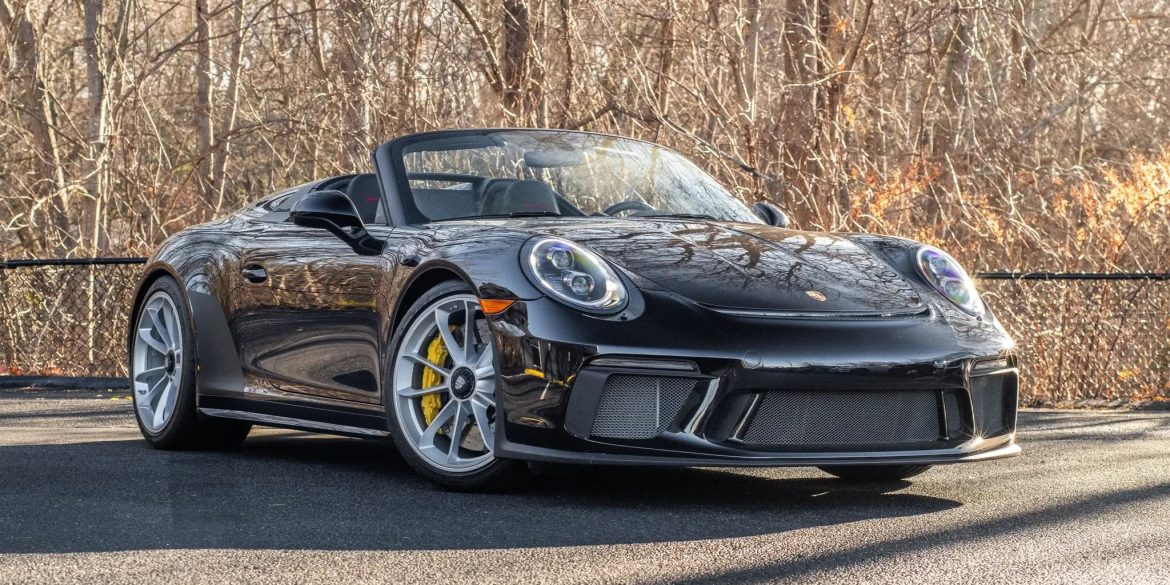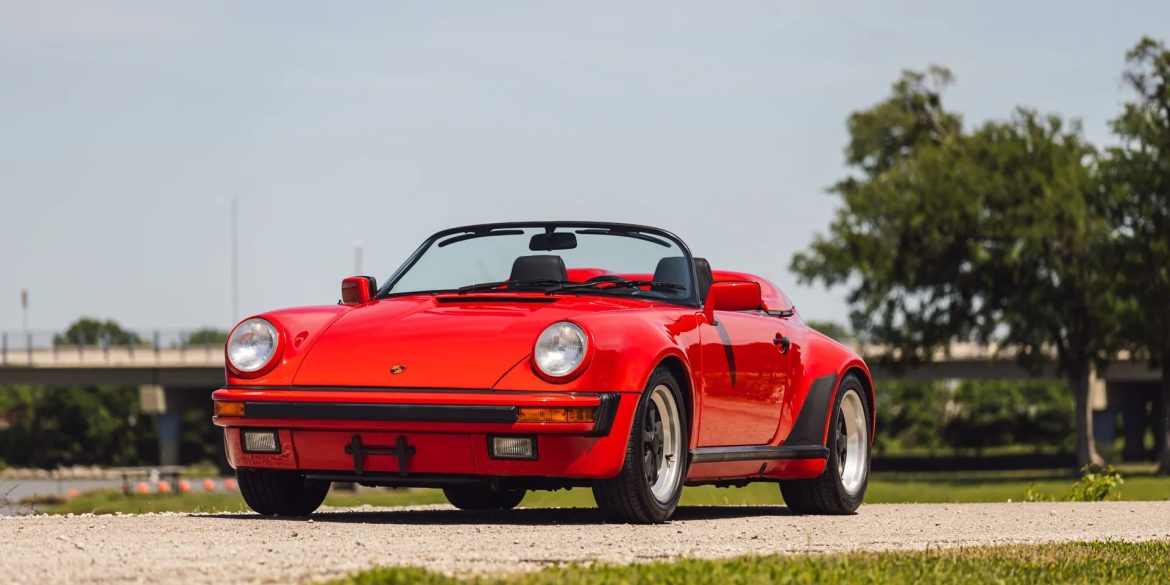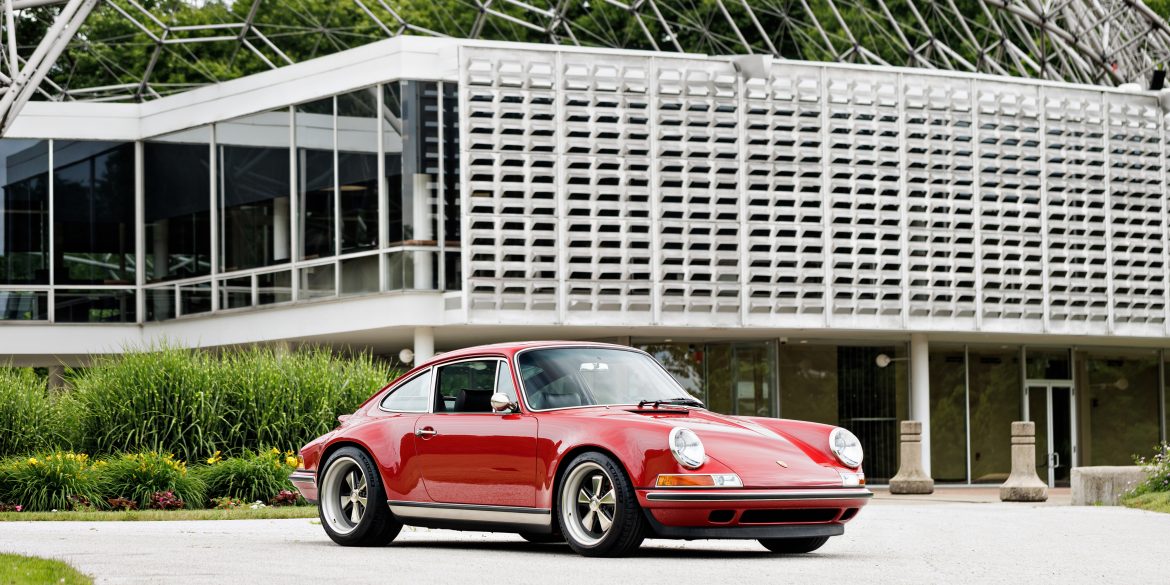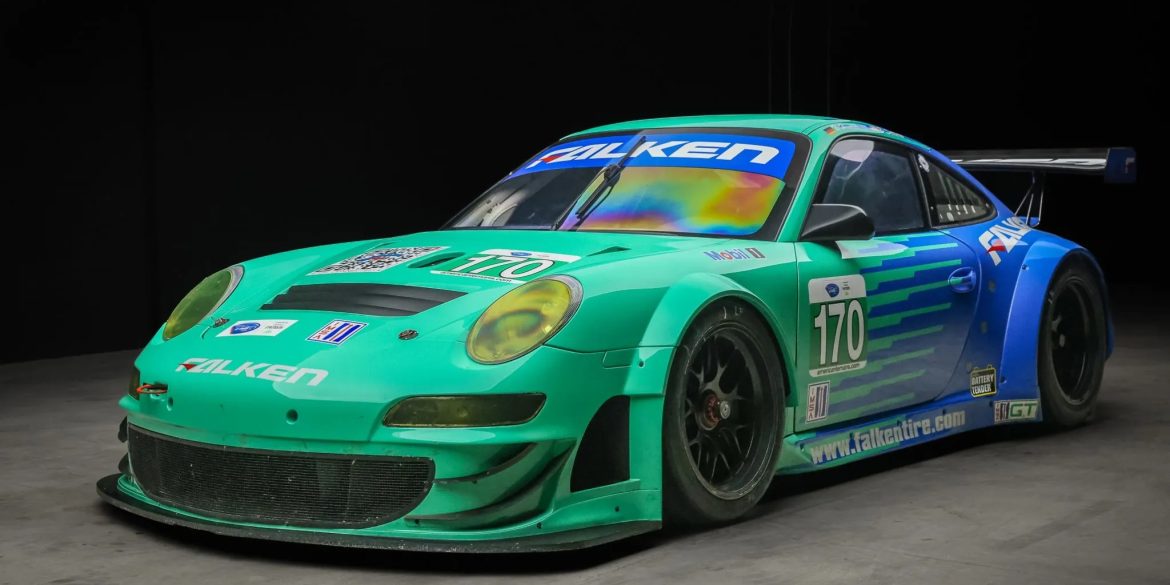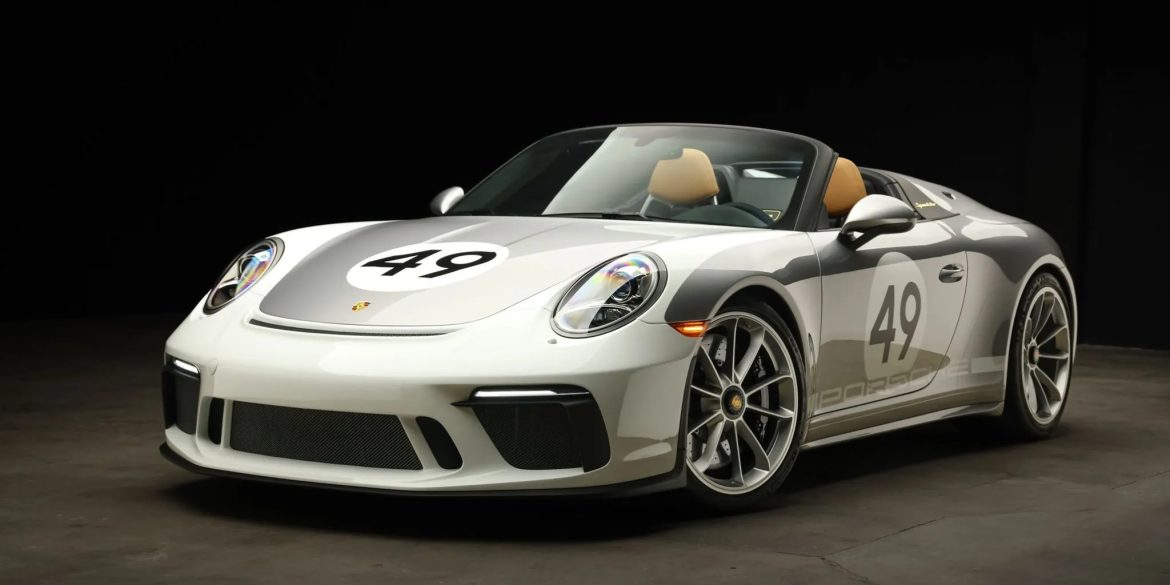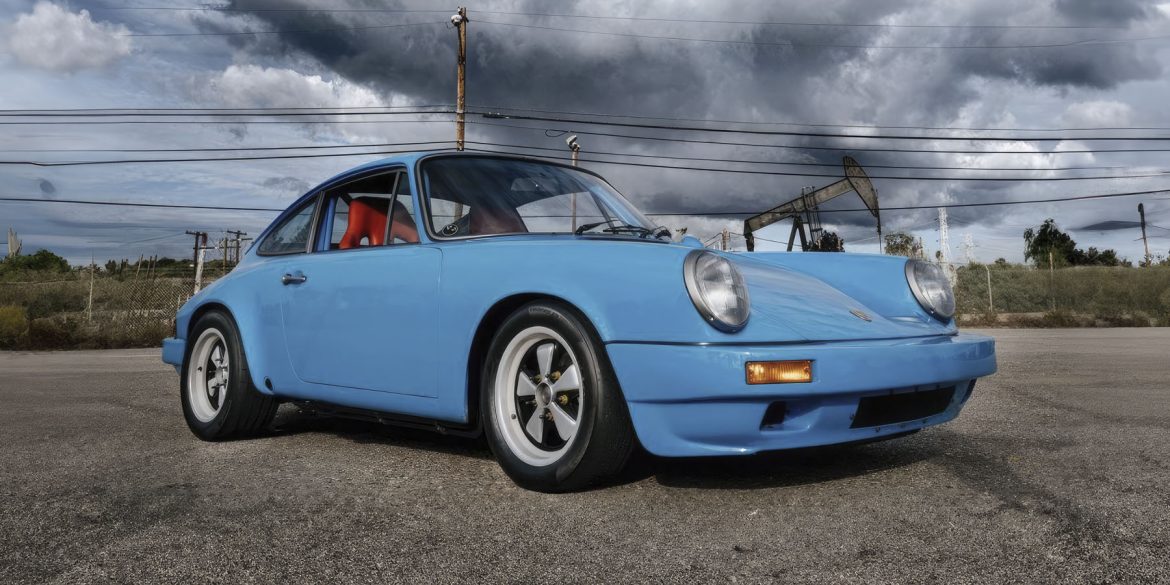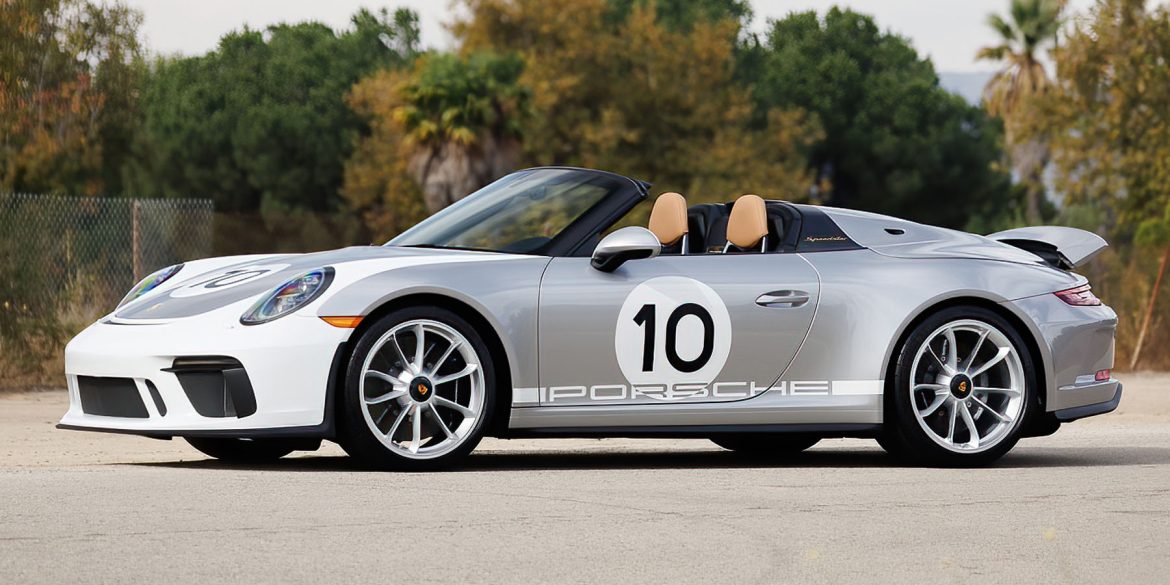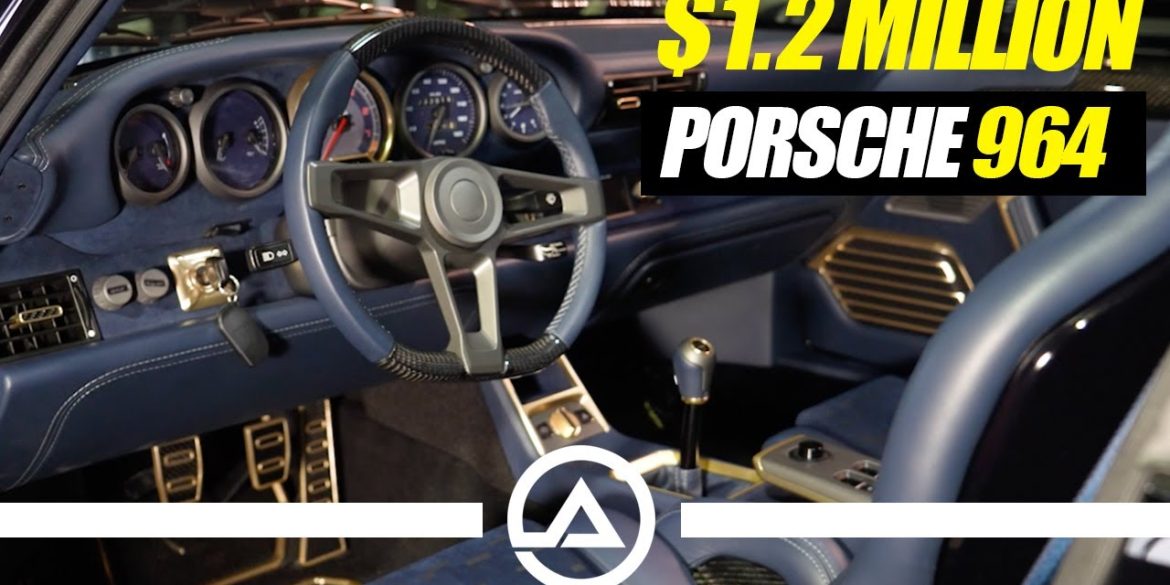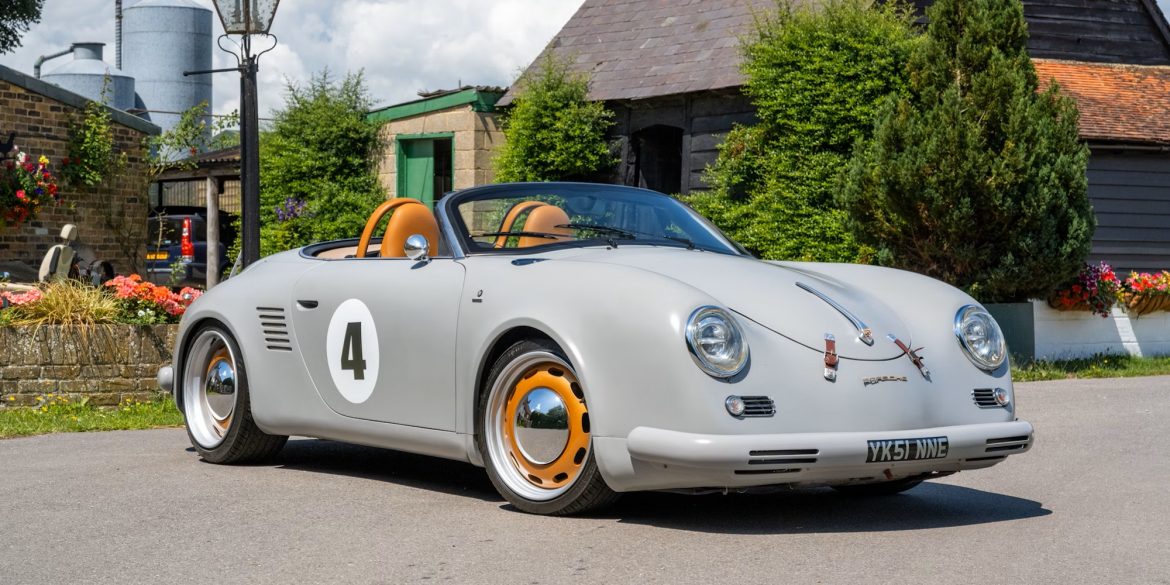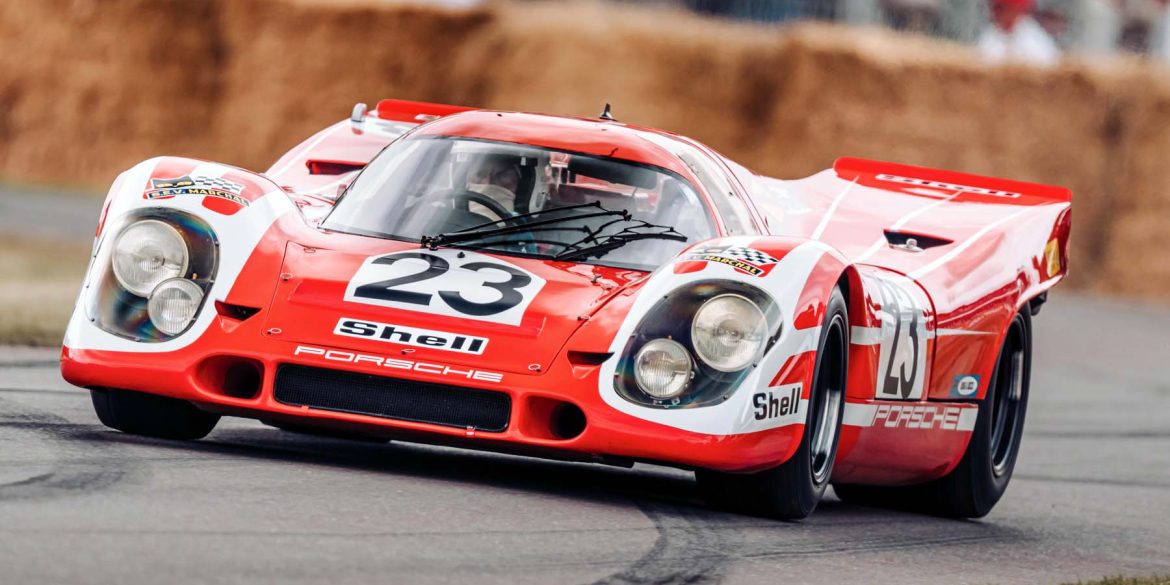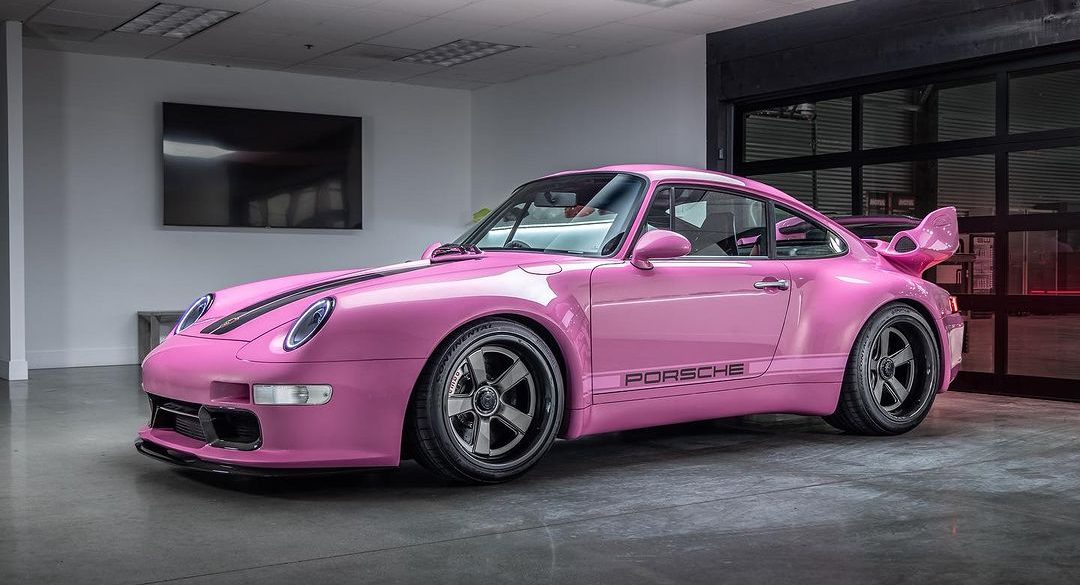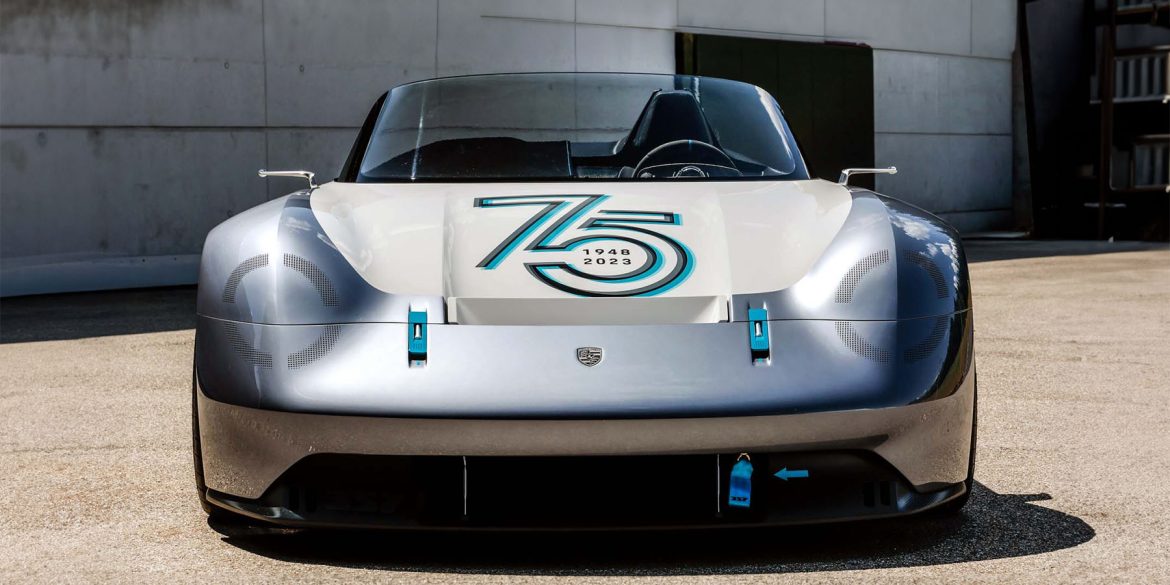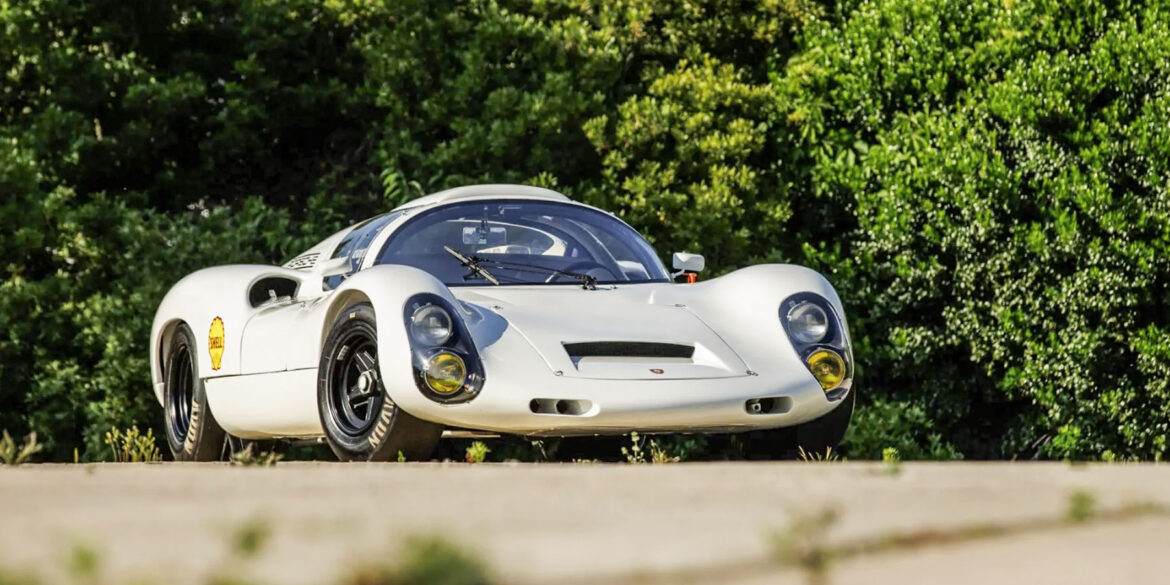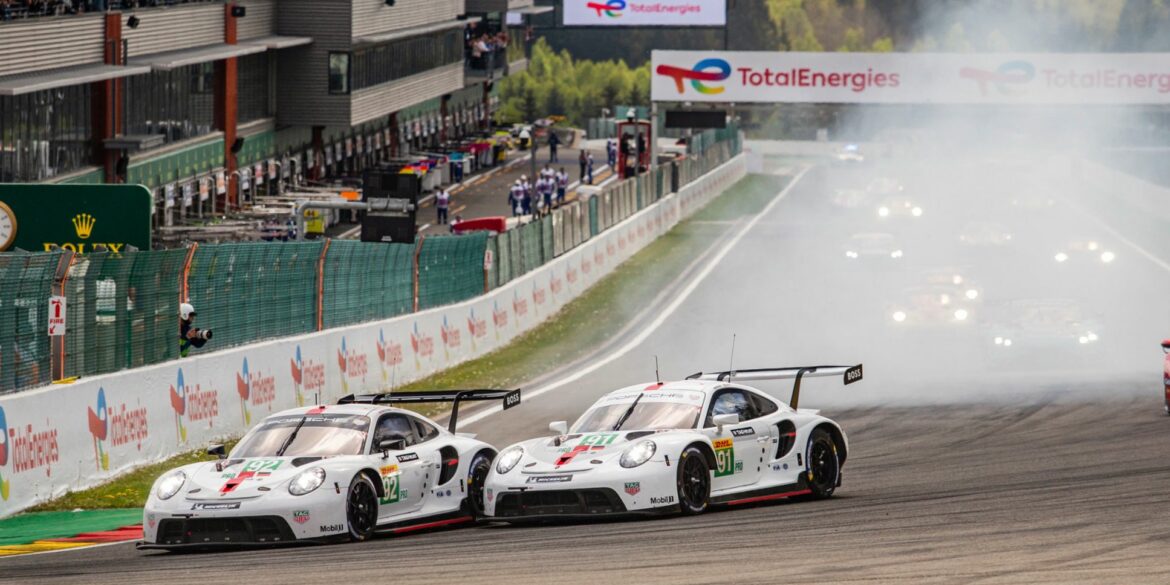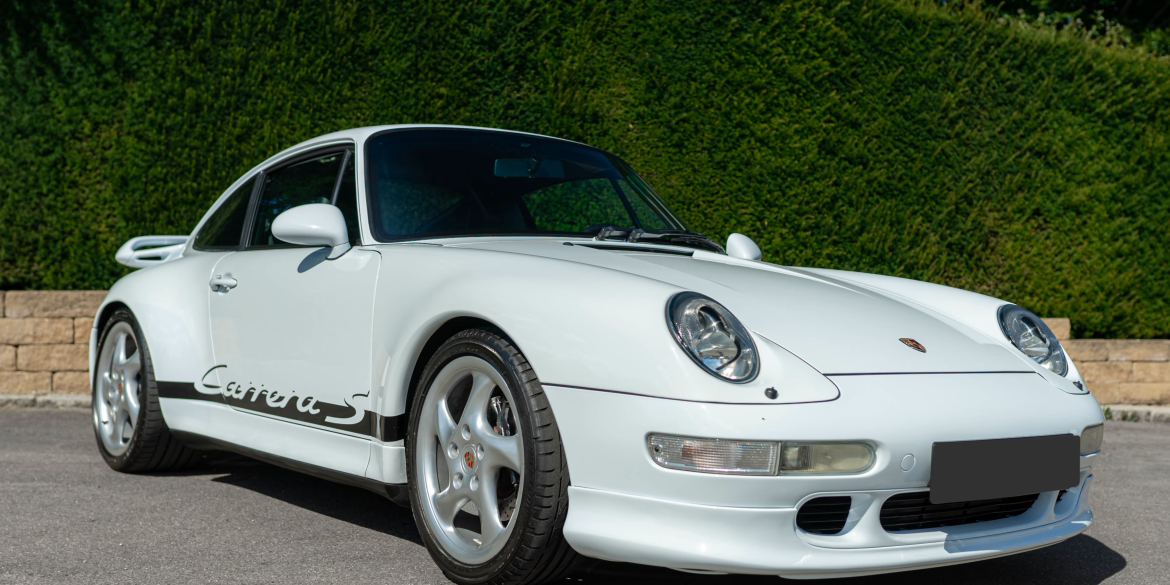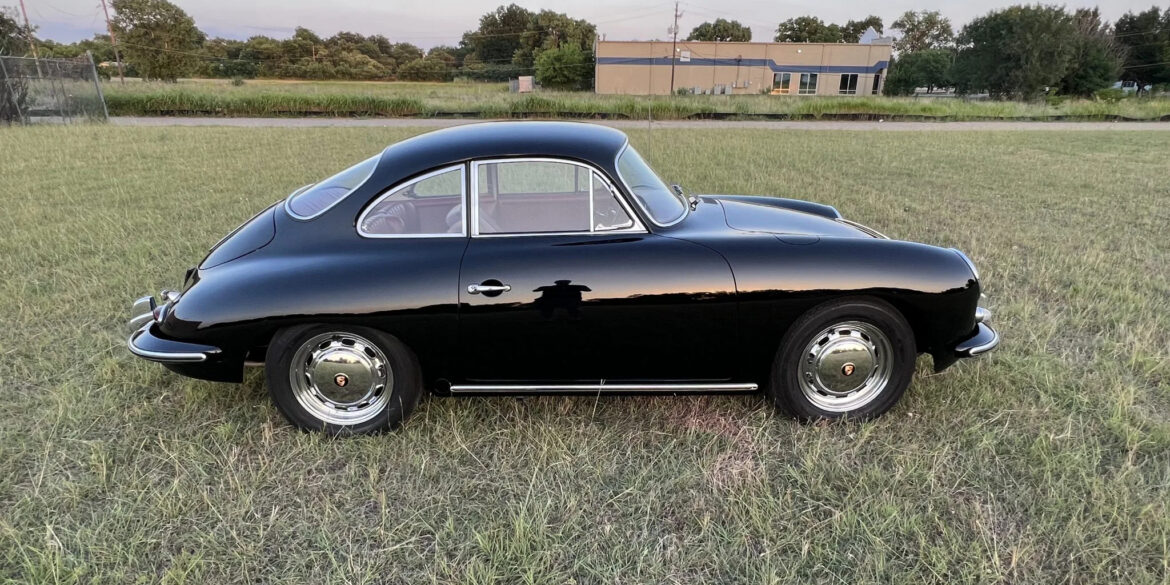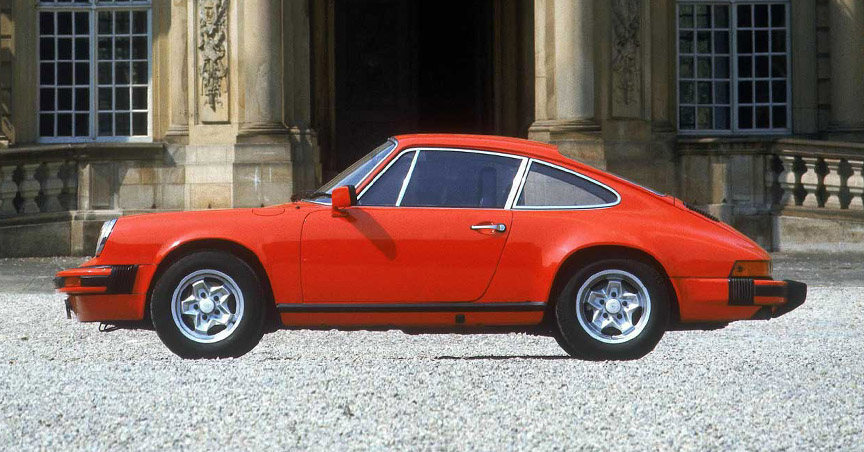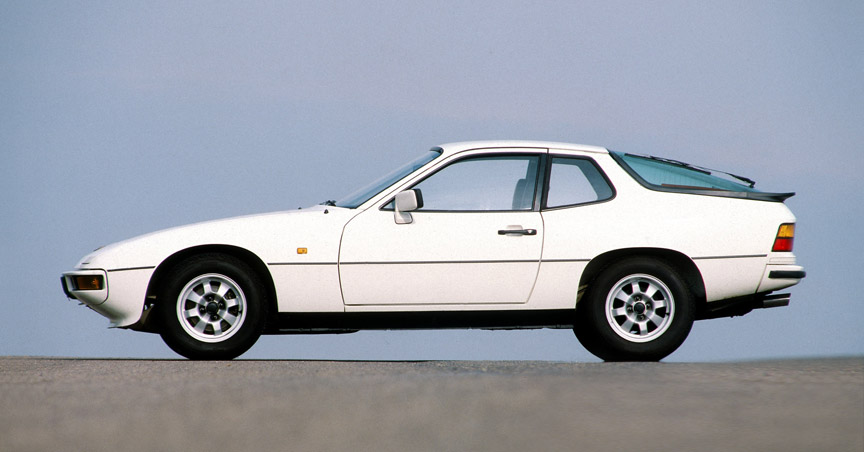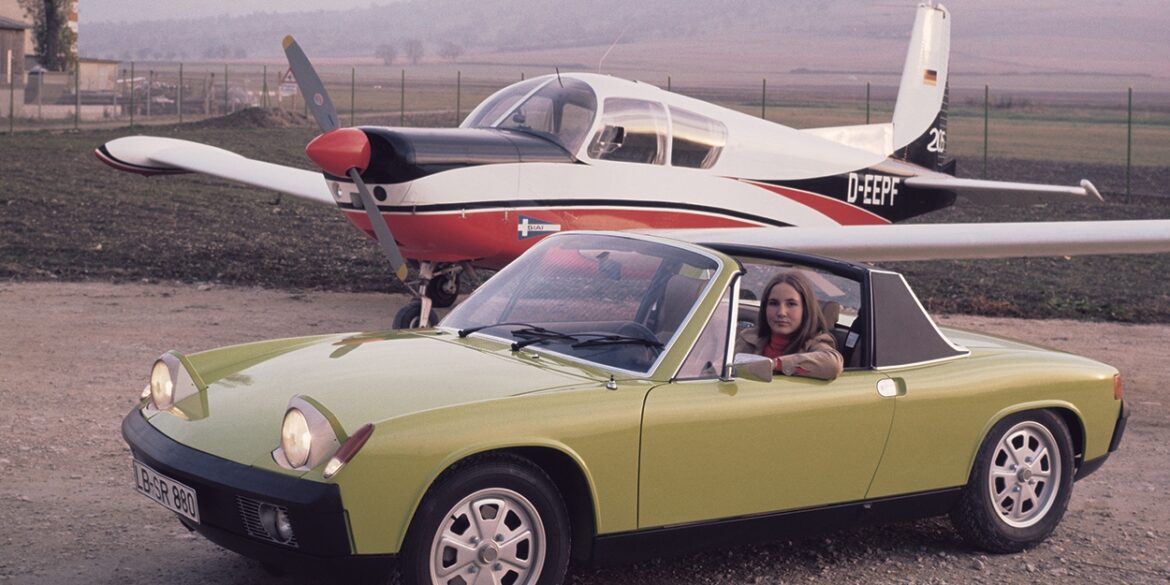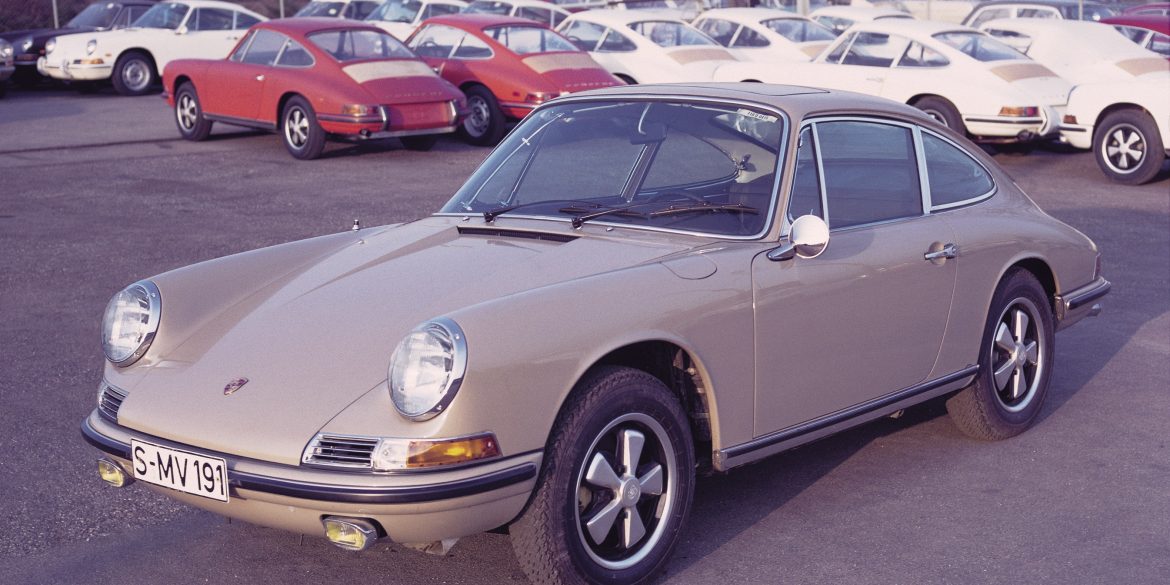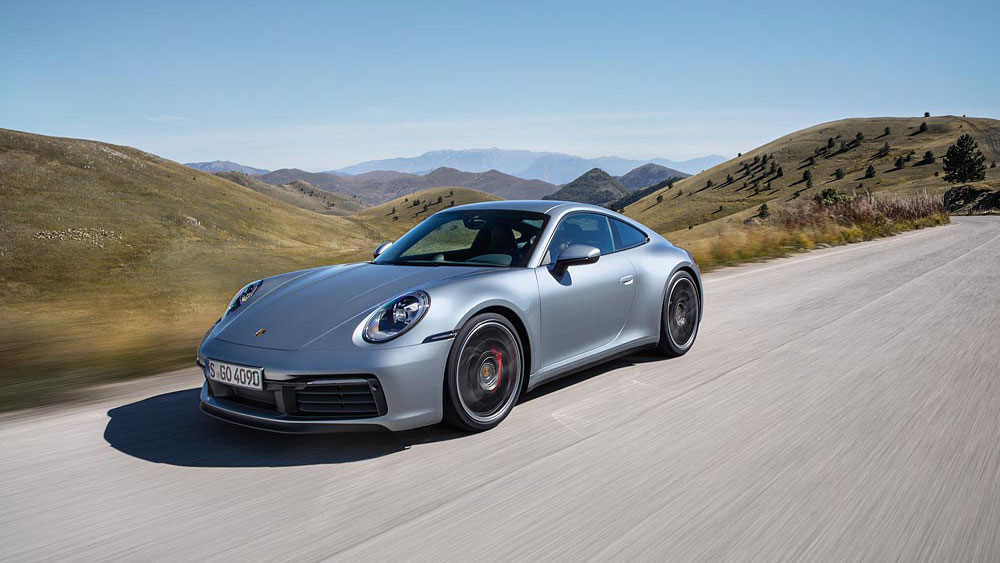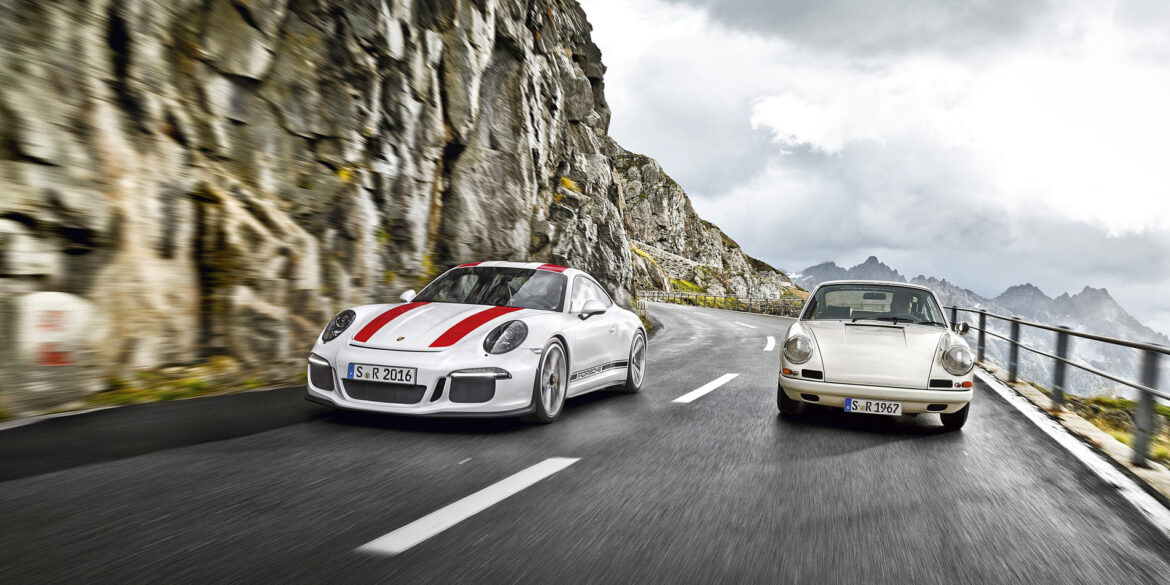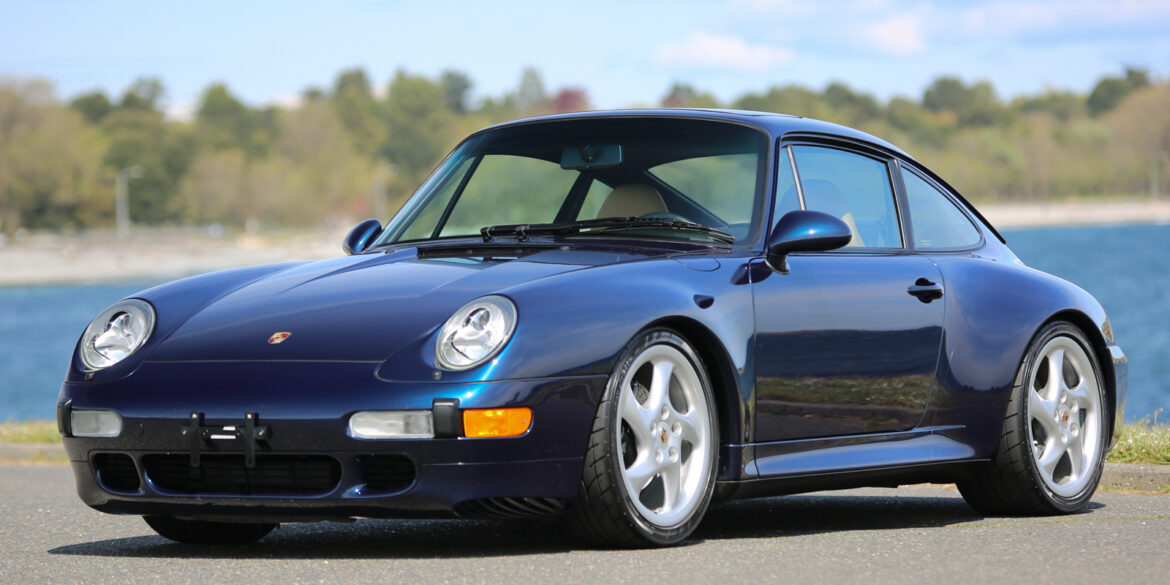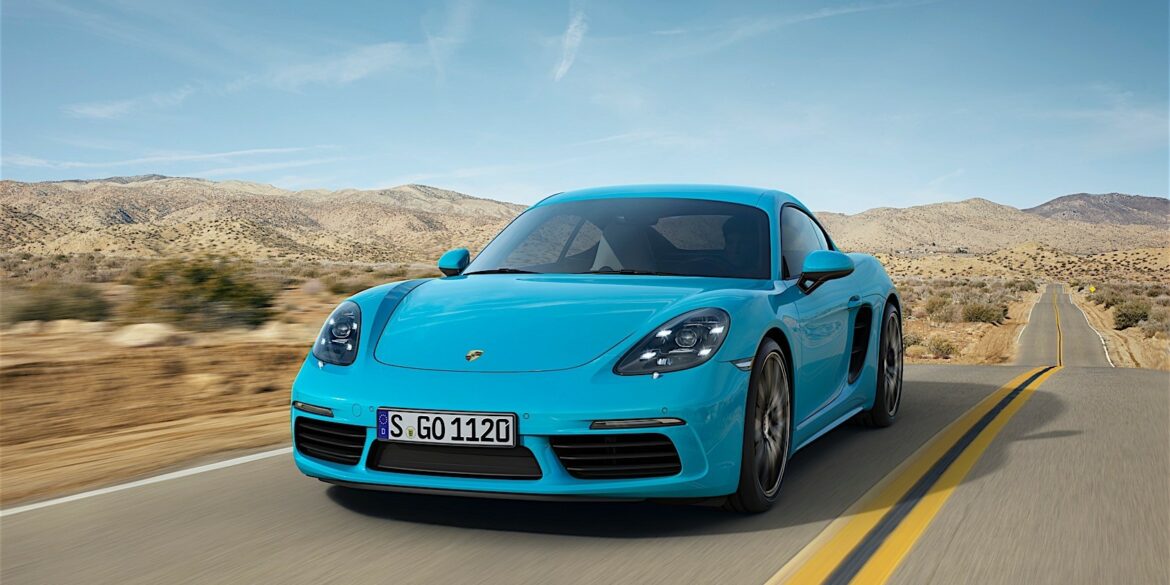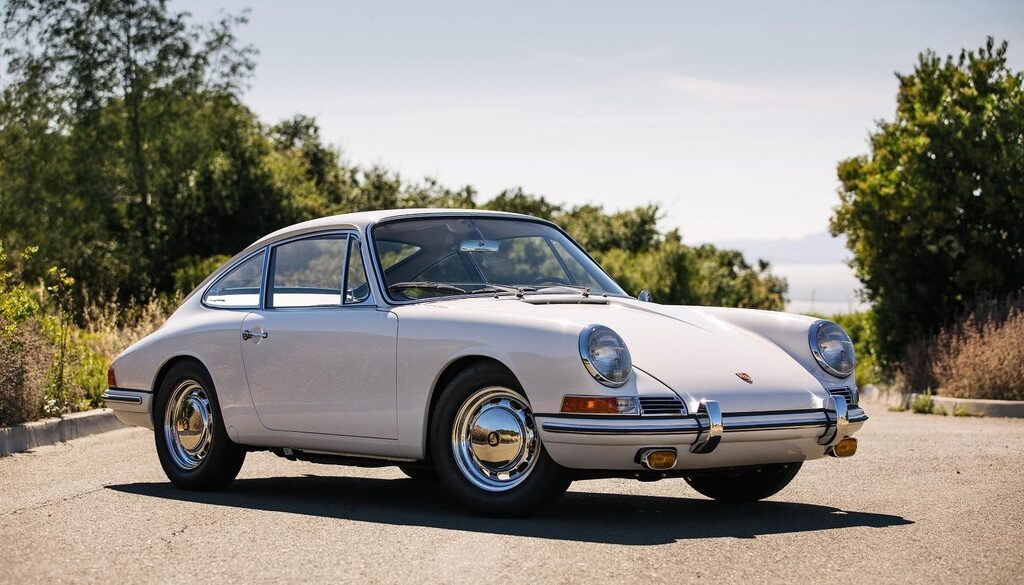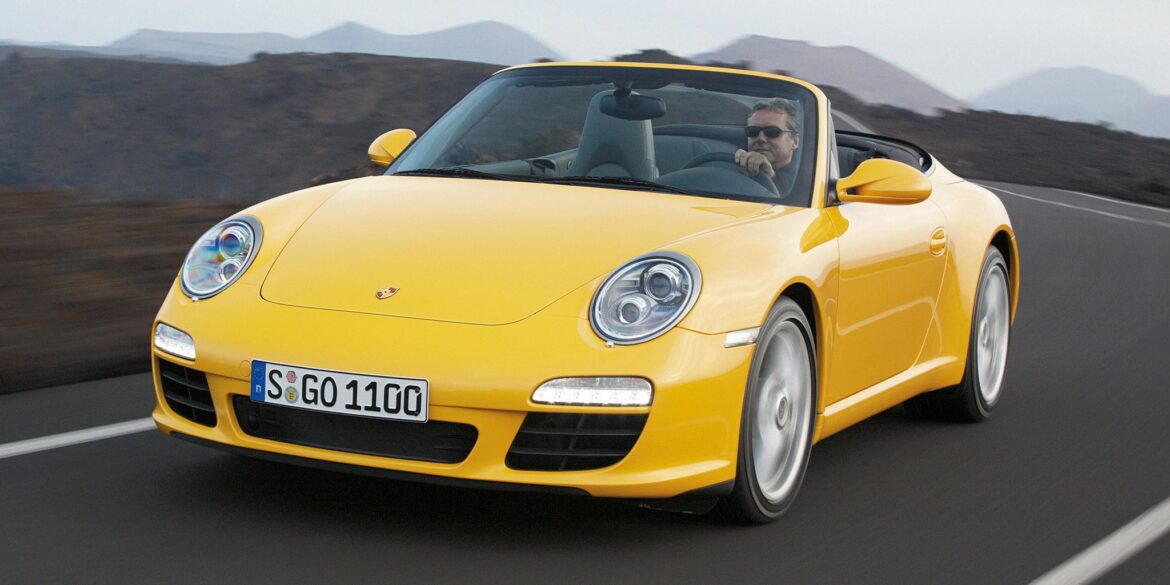Episode One: The Porsche 356 Summary Welcome to The Audiobahn, the Stuttcars.com podcast focused on all things Porsche. In our first series, we’re exploring the history of venerable 911: its history, origins, achievements, and future. In our first-ever Audiobahn episode, we’re starting with where the 911 began: the Porsche 356. Read...
32 results for
356 research hub
The series production didn't allow the use of handmade aluminium body panels, so, the cars were made of stamped steel panels. The first Stuttgart-built 356 have later been called as 356 Pre-A. These cars have either two separate windscreen glasses like the 356 built in Austria, or a sharply bent windscreen glass! Introduced in 1948, the Porsche 356 Pre-A Coupe was the first variant available for the Porsche 356. The engine started as a 1100 cc flat four that produced 40 hp. It was available as a coupe and cabriolet body style.
The Porsche 911 Speedster is always a landmark release, each version honoring the legacy of the original 1954 356 Speedster. The 991-generation model, limited to just 1,948 units, features a low, raked windshield, double-bubble rear streamliners, and retro gold “Speedster” script. Inside, green-numbered gauges with white needles echo the 356’s...
Commissioned in 2017 by longtime client Scott Blattner, Singer’s Dynamics and Lightweight Study (DLS) aimed to push the 964-generation Porsche 911 to its limits using advanced lightweight materials. Partnering with Williams Advanced Engineering, the project drew on Formula One expertise in aerodynamics, vehicle dynamics, and materials. Only 75 units were...
The Porsche 991 Speedster debuted as a concept in 2018 to commemorate the brand’s 70th anniversary. By 2019, it evolved into a sought-after production car, with 1,948 units produced—a nod to the year Ferry Porsche introduced the first 356. Powered by a GT3-derived 4.0-liter flat-six engine paired with a six-speed...
The Speedster, introduced in 1989, completed Porsche’s soft-top 911 lineup by reviving a charismatic model from the brand’s past. The name had originally been used for the sleek Type 356 variant. The concept of a new Speedster first took shape in 1983 with a prototype that never reached production. The...
Singer Vehicle Design, based in California, is known for its meticulous restoration of air-cooled Porsche 911s, particularly those of the 964 generation. Established in 2009, Singer’s restorations blends elements from the 1960s through the 1990s into each bespoke creation. Singer’s Classic restoration service offers Porsche owners the opportunity to transform...
The GT3 RSR, based on the Type 997, featured the latest version of the classic flat-six engine. In 2009, it underwent subtle revisions, adding more hood vents and optimizing air flow through the fascia and hood. Despite air-restriction rules limiting the updated M97/81 engine to 455 brake horsepower, the enlarged...
As part of the company’s 70th-anniversary celebrations, Porsche unveiled the 991 Speedster at the New York Auto Show in April 2019, with deliveries started in May of the same year. This Speedster holds historical significance as the final model of the 991 family and, in tribute to the year of...
While originating from the East Coast, 5001 Workshop founder Marlon Goldberg gravitates towards building Porsches for their experience, not their collectible value. “I grew up in New York, where I feel Porsche collectors are more interested in originality and value, so it’s all about having an original 73 RS... But...
The original light-weight The Speedster variant of the 356 was introduced in 1954, featuring a low-raked windscreen, bucket seats, and an easily operated soft top. Directed towards the Southern California market, the Speedster offered a stripped-down, lightweight variation of the 356. With a more affordable starting price and a driver-oriented...
Porsches have consistently attracted tuners and racing teams aiming to enhance the performance of already formidable sports cars. The 356 and the 911, particularly in the air-cooled generation with its interchangeable parts, have proven to be easily modifiable platforms. In recent times, there has been a significant surge in the...
The Iconic Autobody 386 Speedster Homage pays a handsome tribute to the legendary Porsche 356 Speedster, built on the well-regarded 986-era Boxster platform. Created by Worcestershire-based Iconic Autobody, this unique model features bespoke coach-built bodywork over the dynamic 986-generation Porsche Boxster platform. Adorned in a stunning matte-grey shade with white...
Porsche honored As the honored marque of this year’s Festival of Speed the sportscar manufacturer showed off with different actions. “We’re delighted that Goodwood gave us this brilliant opportunity to share our passion with enthusiasts, Porsche fans and owners here in the UK,” Krishan Bodhani, CEO, Porsche Cars Great Britain,...
Gunther Werks, a California-based Porsche specialist, has unveiled an awe-inspiring restomod of the Porsche 911 (993) at the esteemed Goodwood Festival of Speed. This remarkable creation pays homage to the iconic 993-generation Porsche 911 and is also meant to celebrate the company’s debut into the United Kingdom & European markets....
Porsche Vision 357 Goodwood debut Celebrating three decades of the renowned Goodwood Festival of Speed, Porsche presents the Porsche Vision 357 Speedster, a companion to the enclosed Porsche Vision 357 that kicked off the manufacturer’s own anniversary festivity. The Vision 357 Speedster stands as a tribute to the 356 in...
It only happens once in a lifetime; your 75th birthday. This June 8th marks Porsche’s 75th anniversary so Bring-a-Trailer auction juggernaut decided to give Porsche enthusiasts a special treat; Gruppe P. A collection of 7 truly impressive Porsches whose auctions collectively end on June 8th, Gruppe P is likely to...
If there is one thing that can be said about those who are enthusiastic about, or even own, a car from our favorite manufacturer in Stuttgart, it’s that we all appreciate showing our enthusiasm in many ways. Some draw, others write, and even more take really nice pictures or videos...
Collecting Cars is currently offering a well-maintained and highly original 1997 Porsche 911 (993) Carrera S. This example is finished in Glacier White with black side stripes and ‘Carrera S’ script, and boasts a black leather-trimmed interior that’s still in excellent condition. It also comes with front and rear aero...
Some pretty interesting Porsches are currently being offered at Bring A Trailer at No Reserve: a 1964 Porsche 356C Coupe, a 1992 Porsche 911 Carrera RS Touring, and a 2014 Porsche Boxster S. 1964 Porsche 356C Coupe The 1964 Porsche 356C Coupe example originally had a Light Ivory (6404) finish...
Porsche 911 (G-Series) (1973 – 1989) Story & History G-Model – The 2nd Generation Porsche 911 Premiere: September 12, 1973 IAA Frankfurt Starting with the model year 1968, Porsche internally assigned a letter to each model year – MY1968 was “A”, MY1969 was “B” and so on. Model year 1974...
Porsche 924 History & Story The Porsche 924 emerged as the result of a Volkswagen engineering order which did not materialize. Volkswagen had two sports cars in its portfolio – the Karmann Ghia since 1955 (until 1974) and the VW-Porsche 914 since 1969 (until 1976), so in the beginning of...
Porsche 914 History & Story Porsche needed an entry-level car to replace the 912 and Volkswagen needed a sports car to replace its Karmann Ghia, so the forces were joined to build a sports car that would be an affordable Porsche and a modern Volkswagen. Given the type 914 designation,...
Porsche 911 (Classic) The Ultimate Model Guide 1st Generation Porsche 911 (1964 – 1973) The Story / Timeline / Details / Model Guides / Performance & Specs / Data & Research / Pictures & Videos / News & Updates The Porsche 911 was introduced to the world in the fall of 1963 at the Frankfurt Motor Show. It was developed as a replacement for...
If the base 911 coupe doesn't do it for you, maybe the Carrera S coupe gets you over the line. For about $20k more, you get more horsepower, torque vectoring and bigger wheels. The Carrera S uses a version of the 3.0L twin-turbo flat-6 that generates 443 hp and 390 lb-ft of torque. Torque vectoring allows different amounts of torque to be distributed between drive wheels on the same axle. This means the inside wheel can turn slower than the outside wheel for improved cornering.
The All Time Greats – 70 Best Porsches of All Time (Ultimate List) Clearly we have been a bit of a “best of Porsche” run lately. With Porsche celebrating 70 years in 2018 we felt it was a good time to dive deep into Porsche history and pick our favorite...
Porsche has made a lot of cracking 911s over 50+ years. We Pick the Best Production, Limited Edition & Race 911s of All Time. Greatest 911s 1963 Porsche 901 1967 Porsche 911 S 1967 Porsche 911 R 1973 Porsche 911 Carrera RS 2.7 1974 Porsche 911 Carrera RS 3.0 1974...
Searching for more muscle? The 718 Cayman S got a new 2.5L turbocharged boxer 4-cylinder. Power comes in at 345 bhp @ 6500 rpm and torque is a really strong 310 ft lbs @ 1900 rpm. For reference, the outgoing 981 Cayman S had 311 bhp and 265 ft lbs of torque. While we hate the drone of the turbo four cylinder, there is absolutely no doubt that is much more powerful and that performance numbers are much stronger. 0 – 60 mph is over in just 4.0 seconds and the quarter mile is finished in 11.9 seconds flat. Much faster than the outgoing model. But is it as engaging? No.
The first generation of the Porsche 911 begins in late 1964 and goes through 1968. The "base" model was an instant hit. During this period, Porsche would make continuous improvements and tweaks to the body, to its short wheelbase (SWB) chassis, and to its 2.0 liter flat six engine. Model year 1968 would be the last for the early 911, a transition that would begin with the introduction of the higher output 911S in 1967, followed by the 911L and a new entry level 911T in 1968, and finally, the 911E in 1969. The base 911 was available as both a Coupe and Targa (starting in '67).
The 911 Carrera Cabriolet is a true Porsche, from top to bottom. Like the rest of the range, the base Cabriolet got a mild refresh in terms of design that made it more modern and a little more crisp. The engine was upgraded, now with direct direction. The direct-injection 3.6-liter engine also got new air filters, a more free-flowing exhaust system, and reduced engine friction, making it more powerful than before. It has peak power of 339 bhp @ 6500 rpm and torque of 287 ft lbs @ 4400 rpm. The Carrera equipped with PDK covers 0-60 mph in 4.5 seconds and runs to a top speed of 179 mph.
Porsche refers to it as a new generation, even though the internal chassis code 997 remains unchanged. The 997.2 therefore is more of a mid-term facelift with some significant technological changes. Notably, the water-cooled flat-six engines get direct-injection technology, and a seven-speed, dual-clutch transmission replaces the previous five-speed Tiptronic automatic while the shift-it-yourself option remains a six-speed. Base Carrera coupe gets 339 bhp and 287 ft lbs and a 0.3 second faster 0 - 60 mph time of 4.5 seconds. Top speed now 179 mph. A nice update indeed.
The 997 Carrera S was the first step up in performance over the base 997 Carrera. Available over two distinct generations, the 997.1 Carrera S used a 3.8-liter engine producing 355hp – the available X51 Powerkit bumped that number to 376hp. From 2009 onwards, the 997.2 Carrera S offered 380hp from 3.8 liters. Besides a more powerful engine, it also comes standard with 19 inch wheels, larger brakes, and a lowered suspension with PASM.


